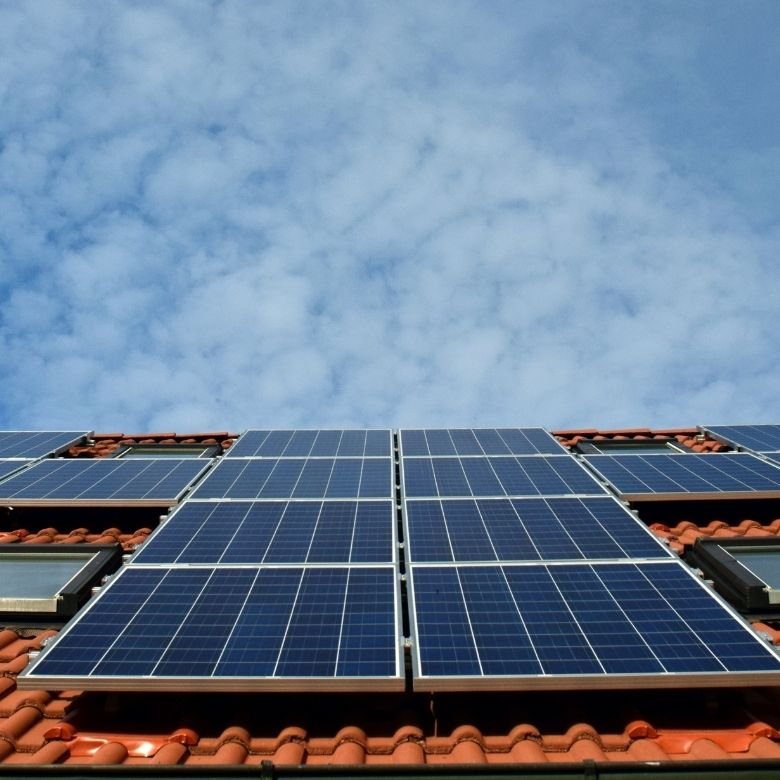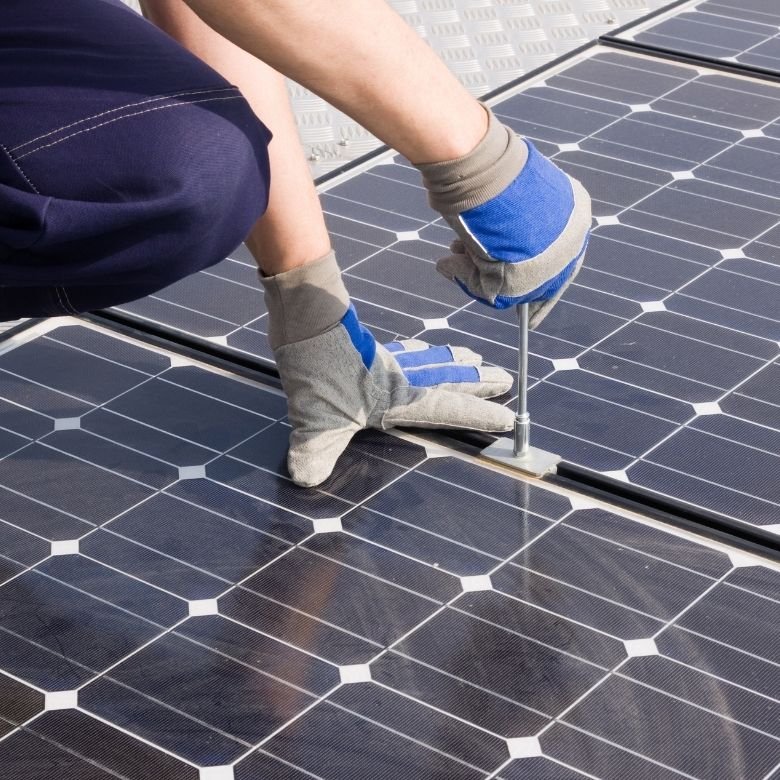The use of renewable solar energy is one of the key demands of modern ecology. However, solar panels have a limited operating lifetime, and their effective disposal is a key condition for rational resource management.

What is the lifetime of solar panels?
Photovoltaics is a constantly evolving technology in which every decade brings significant improvements. The durability of solar panels is one of the most important issues that directly affect the profitability of the entire investment. Its extension is of tremendous importance not only for customers’ wallets but also for environmental protection.
There is no single universal defining standard determining the lifetime of solar panels. The oldest operating solar power plant is over 60 years old. Even though most manufacturers today advertise a guaranteed lifetime of 25 years. The averaged estimates, however, show that the real service life of the installation can be as long as 40–50 years.
Nonetheless, the crux of the problem is not in the physical durability of solar panels, as there are practically no defective components. The metal structure is very durable, and the cells are covered with a protective layer of plexiglass. Therefore, the risk of mechanical damage or the negative impact of weather conditions is very low.
The lifetime of solar panels should rather be measured by a decline in their efficiency. Experts say it may be as much as 0.5% per year. A loss of 20% efficiency is already considered a technical failure and should lead to replacement.
Inverter – the least durable component of photovoltaics
To serve their purpose, solar panels need an inverter of energy for domestic use. Such a device, called an inverter, has a service life of approximately 10 years, and in rare cases, up to 20 years. So the possibility of replacing it independently at any time does not limit the overall lifetime of PV installations.
What affects the durability of solar panels?
The latest generations of solar panels reduce the loss of productivity to a minimum. Apart from the technology, the service life of the installation is also affected by external factors such as:
- extreme temperatures combined with high intensity of UV radiation;
- freezing water associated with extremely cold winters;
- intense hailstorms;
- high-temperature fluctuations, especially with strong wind;
- excessive and prolonged moisture.

Is it possible to extend the lifetime of solar panels?
The first step to guarantee the maximum lifetime of solar panels is to ensure professional installation and optimal location. High-quality components and an airtight inverter housing are essential. In the case of existing structures, minor maintenance works can further increase their durability and efficiency.
Primarily, solar panels should be regularly checked for power supply. The wiring condition and the efficiency of the connections should also be monitored. The lifetime of solar panels can also be extended by cleaning them of dust and other residues. Such service can be performed by specialised companies on request.
The operating conditions of the inverter mentioned above are also important. Due to the high load associated with converting solar energy into electricity, it should operate at low temperatures. Good airflow at the installation site also prevents the inverter from overheating.
Is recycling of solar panels possible?
Damaged or inefficient solar panels should be replaced. Due to the scale of the installation, which in Poland already exceeds 5 GW, utilisation becomes a key issue. It not only reduces the amount of waste in landfills but also allows recycling valuable metals as part of the so-called circular economy.
According to current legislation, used panels are treated as “electrical and electronic equipment”. As it is a bulky waste composed of various materials, it cannot be classified as ordinary municipal waste. They are therefore disposed of by specialised companies.
According to the EU guidelines, the responsibility for the recycling of solar panels should lie with the manufacturers. Polish law does not regulate this issue precisely, but according to the official opinions of the Ministry of State Assets, the obligation to manage PV waste lies with the company introducing panels on the market. In reality, however, the disposal of PV is often handled by the owners themselves.

Methods for the disposal of solar panels
The first step in the process of recycling solar panels is to dismantle the installation. This means disconnecting the cables and other devices and then cutting or crushing the panels themselves. The individual materials are segregated and subjected to appropriate disposal processes.
The disposal of solar panels is divided into the transformation of individual components:
- Glass and aluminium are recycled at up to 90%–100% and melted down into raw materials for further production.
- Up to 80% of silicon wafers are usually reusable after acid etching and enrichment. Damaged wafers are melted down and used for the production of new solar panels.
- The remaining components are melted down at 500°C to evaporate the plastic elements.
Recycling thin-film solar panels is slightly different. Special shredders cut whole elements into fractions of approx. 5 mm. Glass is recovered at a similar level of 90%, while solid and liquid metals are separated using a centrifuge.
As can be seen, with the right technology, the disposal of solar panels allows the recycling of most materials. Thus, the demand for solar energy to be environmentally friendly is fulfilled.
Cost of solar panel disposal
Some solar panel manufacturers already declare their willingness to take back and dispose of used equipment. Thus, the recycling (read also about upcycling) fee is included in the price of technology. It is believed that this practice will soon become standard.
The actual cost of PV panels’ disposal depends on the weight of the waste. Official rates are around 1.5 PLN/kg net and often also include transport. Depending on the power of the installation, the total cost of recycling solar panels on the family home scale will be around PLN 300–850 net.
The future of photovoltaic recycling
According to the experts, we are currently in a phase of increasing interest in solar panels. However, most of the installed systems will be used for the next 20–30 years. Therefore, we will have to face utilisation on a larger scale only in a few decades time.
However, specialist facilities are already being established for the recycling of solar panels only. Not only is the processing capacity developing, but also the technology itself. In Poland, for example, a patent for the waste-free disposal of PV panels has been prepared. Its implementation may take place as early as 2023!
Read also about the differences between photovoltaic panels and solar panels.